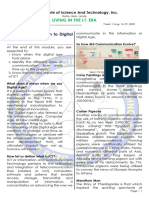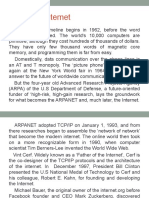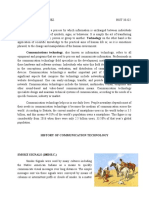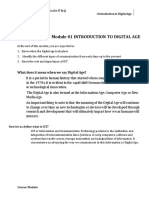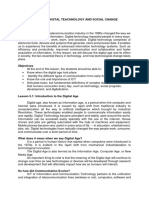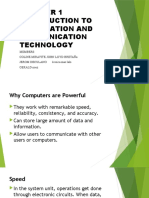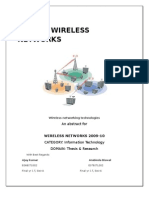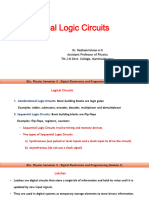0% found this document useful (0 votes)
19 views7 pagesICT Definitio
Information and communications technology (ICT) encompasses the integration of telecommunications, computers, and related enterprise software that enable users to access and manipulate information. It includes various forms of digital communication technologies such as cellphones, the internet, and digital media, which have evolved significantly over the past few decades. The document highlights the growth of cellphone technology, the rise of the internet, and the impact of digital communication on society.
Uploaded by
okothgracea1Copyright
© © All Rights Reserved
We take content rights seriously. If you suspect this is your content, claim it here.
Available Formats
Download as DOCX, PDF, TXT or read online on Scribd
0% found this document useful (0 votes)
19 views7 pagesICT Definitio
Information and communications technology (ICT) encompasses the integration of telecommunications, computers, and related enterprise software that enable users to access and manipulate information. It includes various forms of digital communication technologies such as cellphones, the internet, and digital media, which have evolved significantly over the past few decades. The document highlights the growth of cellphone technology, the rise of the internet, and the impact of digital communication on society.
Uploaded by
okothgracea1Copyright
© © All Rights Reserved
We take content rights seriously. If you suspect this is your content, claim it here.
Available Formats
Download as DOCX, PDF, TXT or read online on Scribd
/ 7




